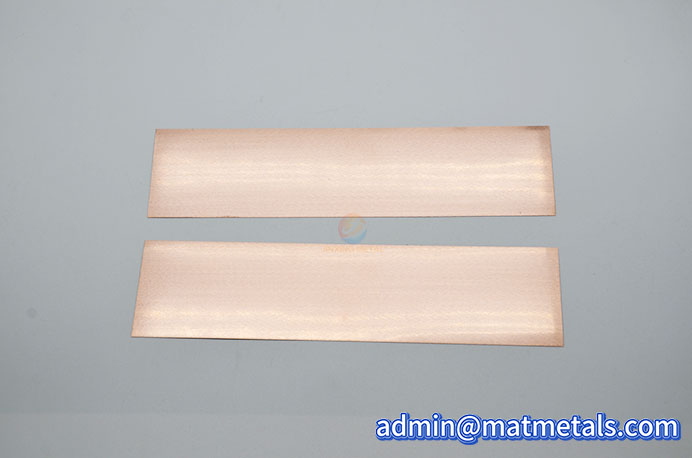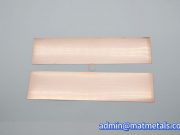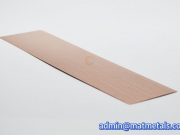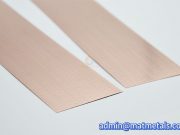Product Description
Overview
Copper Molybdenum Alloy Sheet is a high-performance metal-based composite material made of molybdenum and copper in a molybdenum content ratio of 20%-80%. It combines the low coefficient of thermal expansion, high temperature resistance, and structural stability of molybdenum with the high thermal conductivity and high electrical conductivity of copper. It also has good machinability and wear and corrosion resistance. It is ideally suited for power device heat dissipation substrates and electronic packaging shells in the electronics and power field, high-temperature molds and instrument structural components in precision manufacturing, and radar components and guidance system heat dissipation structural components in aerospace and defense equipment.
Copper Molybdenum Properties
- Superior thermal and electrical conductivity: Combining copper's high thermal conductivity with molybdenum's stable structure yields a thermal conductivity coefficient of 180–250 W/(m·K).
- Low thermal expansion coefficient: Precisely matches dissimilar materials by adjusting the molybdenum-copper ratio, reducing thermal stress cracking risks.
- Reliable mechanical properties: Exhibits strength ≥300 MPa at room temperature with adequate ductility, enabling machining and forming.
- High-temperature and corrosion resistance: Operates reliably above 500°C while withstanding atmospheric and neutral salt solution corrosion.
The copper-molybdenum ratio is typically adjusted according to application requirements, with molybdenum content ranging from 20% to 80% and copper content between 10% and 60%. Common standard ratios include:
- Mo70Cu30 (70% molybdenum, 30% copper): This is the most common ratio, suitable for applications requiring high strength and thermal stability.
- Mo50Cu50 (50% molybdenum, 50% copper): Higher copper content provides superior thermal conductivity.
- Other variants: Such as Mo80Cu20, Mo60Cu40, etc., where the coefficient of thermal expansion (CTE) is adjusted according to specific requirements.
- Cu-Mo-Cu composite structure, featuring a molybdenum core layer sandwiched between copper layers, is employed to optimise thermal management and mechanical properties.
Copper Molybdenum Sheet Dimension
| Grade |
Mo70Cu30,Mo85Cu15 |
| Density |
9.54-10.0g/cm³ |
| Thickness |
0.05 mm-10 mm |
| Width |
100-3500mm |
| Length |
500-6000 mm |
| Coefficient of thermal expansion |
6.8-10(×10⁻⁶/K) |
| Hardness |
130-230HV |
| Delivery Time |
20DAYS |
| Certification |
ISO 9001 |
Copper Molybdenum Uses
- Molybdenum copper sheet is used as a heat sink in power devices such as diodes, thyristors, and IGBTs (Insulated Gate Bipolar Transistors), providing efficient heat removal and conductivity, especially in hybrid vehicles.
- As a lead frame material, it is used in integrated circuit packaging to ensure stability; it is also used in the manufacture of high-performance resistors and capacitors.
- It is used in the manufacture of thin films for flat panel displays, touch screen panels, and photovoltaic devices, providing strong bonding and low-resistance contacts.
- It is used in heat diffusers for gallium nitride (GaN) and gallium arsenide (GaAs) based devices, such as GaN chip thermal management, supporting high heat flux density.
- Cu-MoCu-Cu composite foil serves as a CTE buffer layer on the wafer substrate of sapphire-based LED chips.
- Copper molybdenum alloy sheet is used for heat dissipation and signal transmission in electronic components, ensuring high strength and corrosion resistance in harsh environments.
- It is used as a core support component in aerospace instruments and laser equipment, adapting to the assembly requirements of dissimilar materials (such as glass and ceramics).
Copper Molybdenum Processing
① Powder Pretreatment: Molybdenum powder and copper powder are mixed in the target ratio, with a small amount of forming agent added. Ball milling is used to ensure uniform mixing.
② Melt Infiltration Method: Using a porous molybdenum framework as a substrate, molten copper is infiltrated at high temperature to fill the pores, producing high-molybdenum-content (≥70%), high-density products.
③ Forming: Molding (for standard sizes) or cold isostatic pressing (for complex shapes) is used, with pressure controlled at 200-500 MPa to obtain the green body.
④ Sintering: Degreasing (removing the forming agent) is performed first in a hydrogen atmosphere, followed by sintering at 1000-1300℃ to achieve particle bonding and densification.
⑤ Subsequent Processing: Dimensional accuracy is adjusted by surface grinding and wire cutting. Surface polishing or nickel plating is performed if necessary to meet assembly requirements.
⑥ Comprehensive Quality Inspection: This includes chemical composition analysis, mechanical property testing, dimensional inspection, and non-destructive testing to ensure compliance with national standards.
Copper Molybdenum Alloy Sheet Pictures
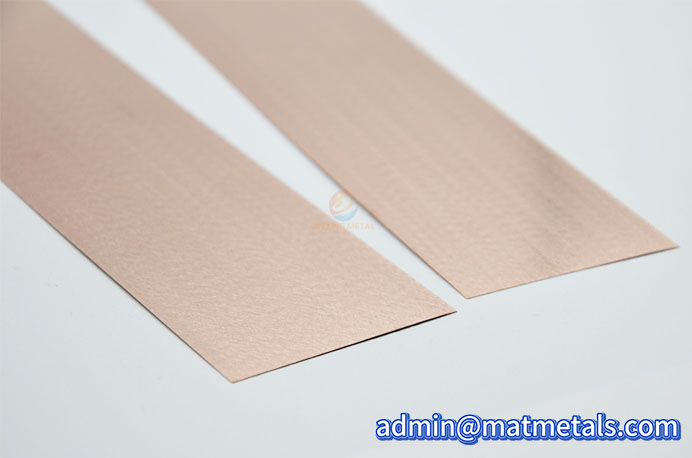
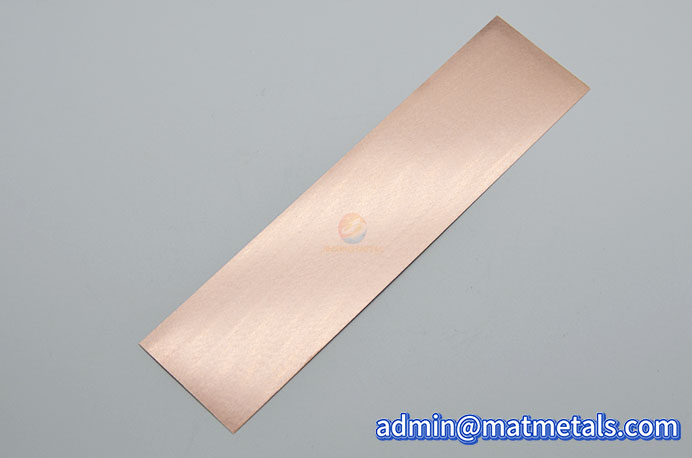
Please leave your information to get the latest quotation and product catalogue!


